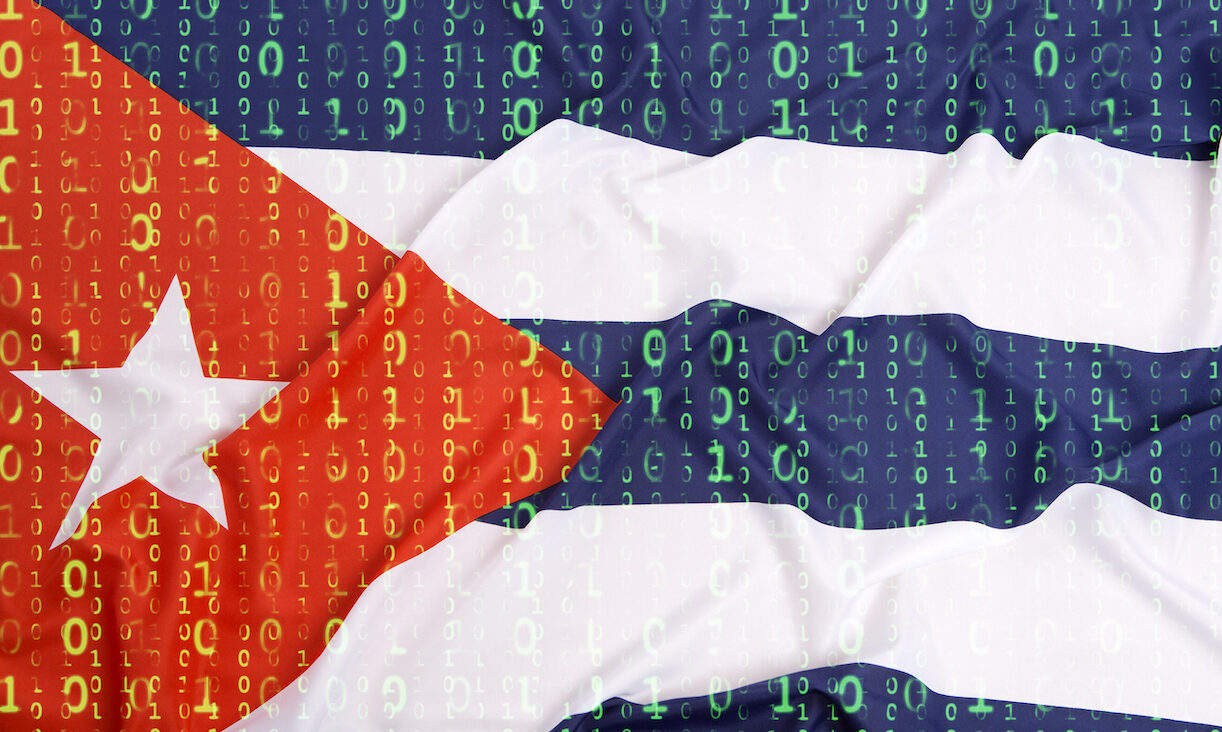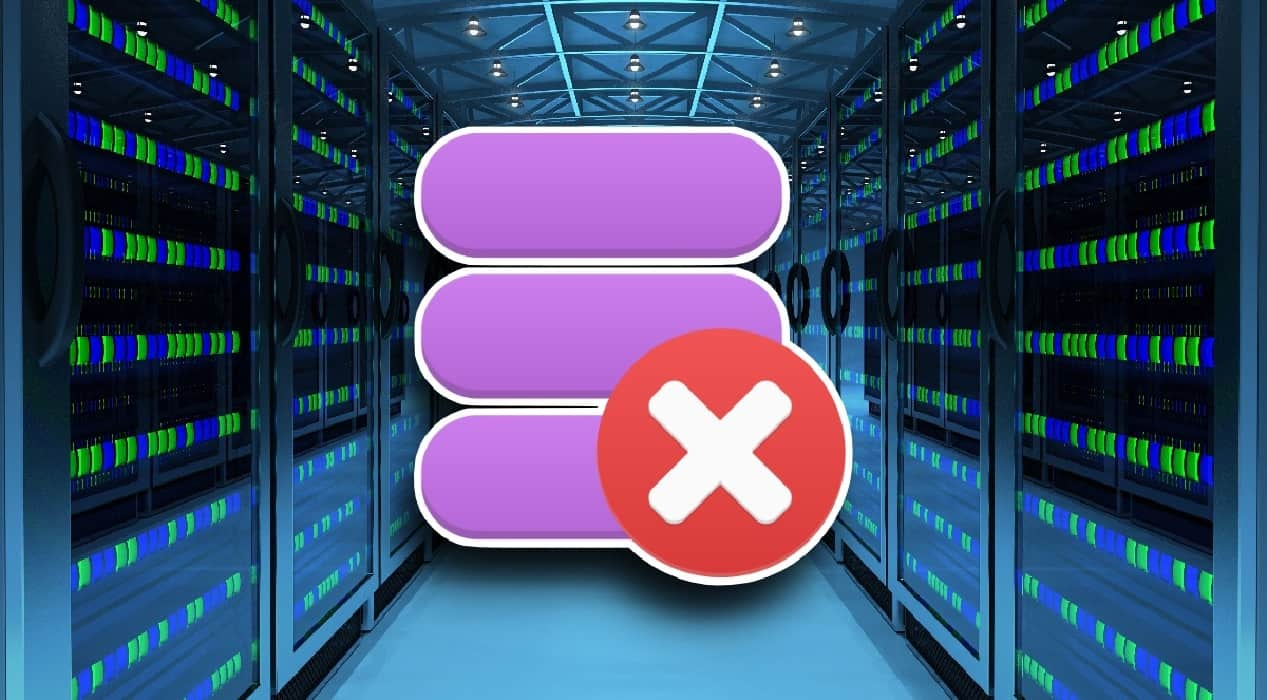Decoding Cuba Ransomware: An opportunity for next-gen data governance
BlackBerry’s recent post on the Cuba ransomware group paints a vivid picture of the cybersecurity scene, replete with challenges, yet ripe with opportunities. While threat actors such as Cuba demonstrate remarkable adaptability, they unwittingly underscore the indispensable need for robust data governance.
Modern cyber threat actors, as evident from the operations of the Cuba ransomware group, have refined their strategies into an art form that seamlessly melds the old with the new, the tried with the avant-garde. When dissecting the potency of tools like BUGHATCH and BURNTCIGAR in tandem with their more contemporary brethren, we see the duality that characterizes contemporary cyberattacks.
The synthesis of established techniques with nascent tactics is not haphazard: it results from meticulous orchestration. These hackers create a dangerous combination by taking advantage of known software problems, like the one in Veeam. They seek to cripple organizations both in terms of data access and operational functionality. The outcome? Enterprises caught off-guard, struggling to retrieve their data, and grappling with downtime, often find themselves in a cyber quagmire, battling both loss of trust and financial repercussions.
But the narrative doesn’t end there. With every move the threat actors make, they also unintentionally expose facets of their operational psyche. For instance, the decision to circumvent Russian-configured systems isn’t just a mere tactical choice. It’s a window into their risk calculus, possibly hinting at geographical affiliations or a deliberate bid to avoid specific geopolitical entanglements. Similarly, linguistic missteps aren’t just errors, they’re breadcrumbs that when pieced together can lead us to just what these threat actors are trying to do.
For astute organizations, these are more than just isolated incidents: they’re invaluable insights, fragments of a larger puzzle. By harnessing the power of digital forensics, companies can trace the lineage of an attack, dissect its trajectory, understand its origin, and predict potential future vectors. Coupled with robust threat intelligence, this twin-pronged strategy transforms seemingly innocuous clues into…


